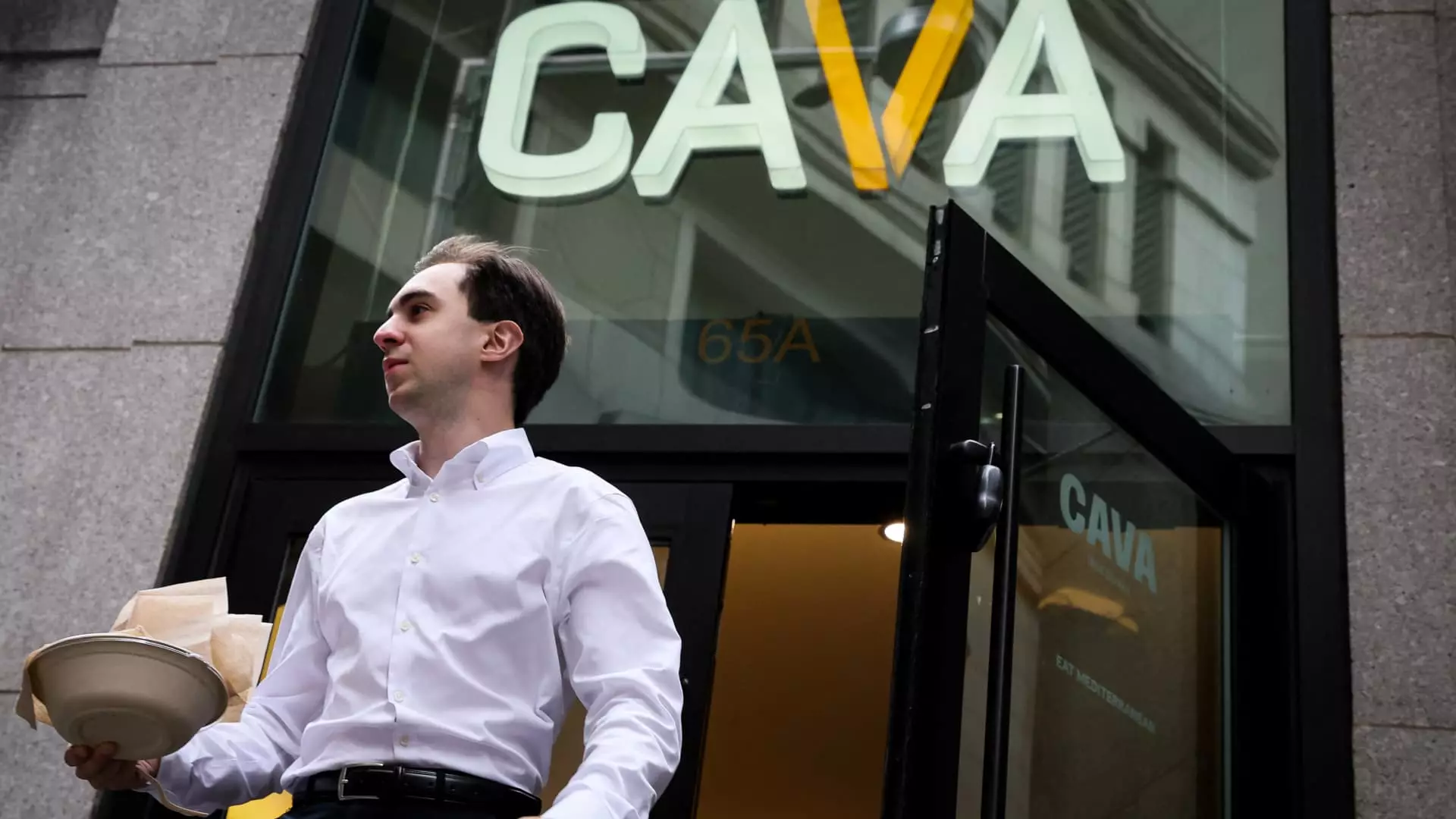Amidst the economic uncertainties that have left consumers tightening their belts, a seismic shift is underway within the fast-casual restaurant sector. Loyalty programs, once considered supplementary tools, are now the backbone of survival and growth. The traditional approach—simply offering occasional discounts—has been supplanted by sophisticated, engagement-driving initiatives that transform casual diners into loyal advocates. This evolution underscores a fundamental truth: in an environment where discretionary spending declines, the most successful brands are those who can embed themselves into the daily habits of their customers through relentless value-driven engagement.
Far from mere marketing gimmicks, these programs have become strategic pillars. As Peter Fader from Wharton articulately pointed out, loyalty isn’t just optional anymore; it’s an essential component of relationship building. The resilience of major players like Starbucks, Chipotle, and Cava reveals that loyalty programs are no longer optional—they are vital instruments to withstand declining foot traffic and fragile consumer confidence. In fact, data from Black Box Intelligence demonstrates that restaurant visits are waning, with a mere 43% of brands experiencing positive same-store sales growth in May. This stark reality exposes that conventional methods fall short—only those brands willing to innovate and deepen customer bonds through loyalty incentives will weather the storm.
Innovating Beyond Discounts: Creating Emotional Connections
Contemporary loyalty programs do much more than dispense coupons; they forge emotional connections that foster habitual patronage. Take Cava, for example, which revamped its program to inject fun, flexibility, and surprises into the customer experience. The introduction of limited-time offers, in-app challenges, and playful mascots like “Peter Chip” exemplifies how brands are leveraging emotional engagement to heighten loyalty. The strategic shift towards rewarding specific behaviors, such as participating in themed days or completing challenges, is a calculated move to cultivate a community of brand ambassadors who are emotionally invested.
Starbucks exemplifies this evolution yet again. Although they recently scaled back certain reward avenues—like the 25-star reusable cup bonus—the overall participation remains steady. Such adjustments suggest that even the most mature programs recognize the need to balance reward generosity with profitability. The key lies in adapting to consumer preferences for meaningful, timely rewards rather than superficial perks. This approach successfully transforms loyalty from a transactional relationship into a more personal, value-rich exchange.
Additionally, programs like Potbelly’s coin-based system exemplify how digital innovation accelerates engagement. Customers can now redeem rewards across a broader array of menu items, fostering frequent visits and higher spending per visit. Potbelly’s quick response to engagement metrics indicates that when brands listen and respond to evolving consumer preferences, they unlock a potent cycle of repeat business and enhanced loyalty.
Creating a Culture of Competition and Interaction
The most compelling loyalty strategies of 2024 are those that introduce an element of gamification and social interaction, encouraging customers to compete, share, and participate actively. Chipotle’s “Summer of Extras” campaign, which offers over a million dollars in free burritos contingent on customer engagement and geographical ranking, exemplifies this trend. By incentivizing customers to accumulate visits and compete for local bragging rights, Chipotle taps into a primal human desire for recognition and friendly rivalry.
Similarly, Portillo’s innovative use of a digital wallet system and badge-based tracking exemplifies a low-friction, high-engagement approach. Customers simply visit, earn badges, and reap rewards without the complexity of traditional app-based programs. This simplicity enhances participation rates and creates a sense of community, as customers see tangible progress and benefits from their habitual visits.
Other brands, like Sweetgreen, have recalibrated their loyalty models to meet consumers’ increasing desire for clarity and fairness. Moving away from complicated tiered subscriptions, they focus on delivering straightforward value—an effective countermeasure to industry confusion and fatigue. These initiatives underscore that in modern loyalty programs, transparency and relevance are more crucial than ever.
The Economic Tug-of-War: Loyalty’s Double-Edged Sword
While loyalty programs are undoubtedly powerful, they are not without cost. The industry’s razor-thin margins mean that offering free rewards and discounts cuts into profits. Yet, these investments are weighed against the sharply reduced customer lifetime value if a brand fails to secure habitual patronage. The challenge for fast-casual chains is maintaining a delicate equilibrium: provide enough incentives to build loyalty without undermining profitability.
In this context, the strategic shift becomes clear. Instead of blanket promotions, brands are deploying targeted, personalized incentives designed to reinforce brand identity and deepen customer engagement. This tailored approach not only maximizes the value of each dollar spent but also enhances emotional bonds—driving long-term loyalty rather than short-term sales spikes.
Ultimately, the success of loyalty in 2024 hinges on a brand’s ability to innovate continuously. From gamification to surprise-and-delight tactics, these programs are becoming sophisticated tools capable of shaping consumer behavior even in challenging economic environments. Brands that embrace this mindset will gain a definitive competitive advantage, transforming loyalty from a mere marketing expense into a cornerstone of sustainable growth.

